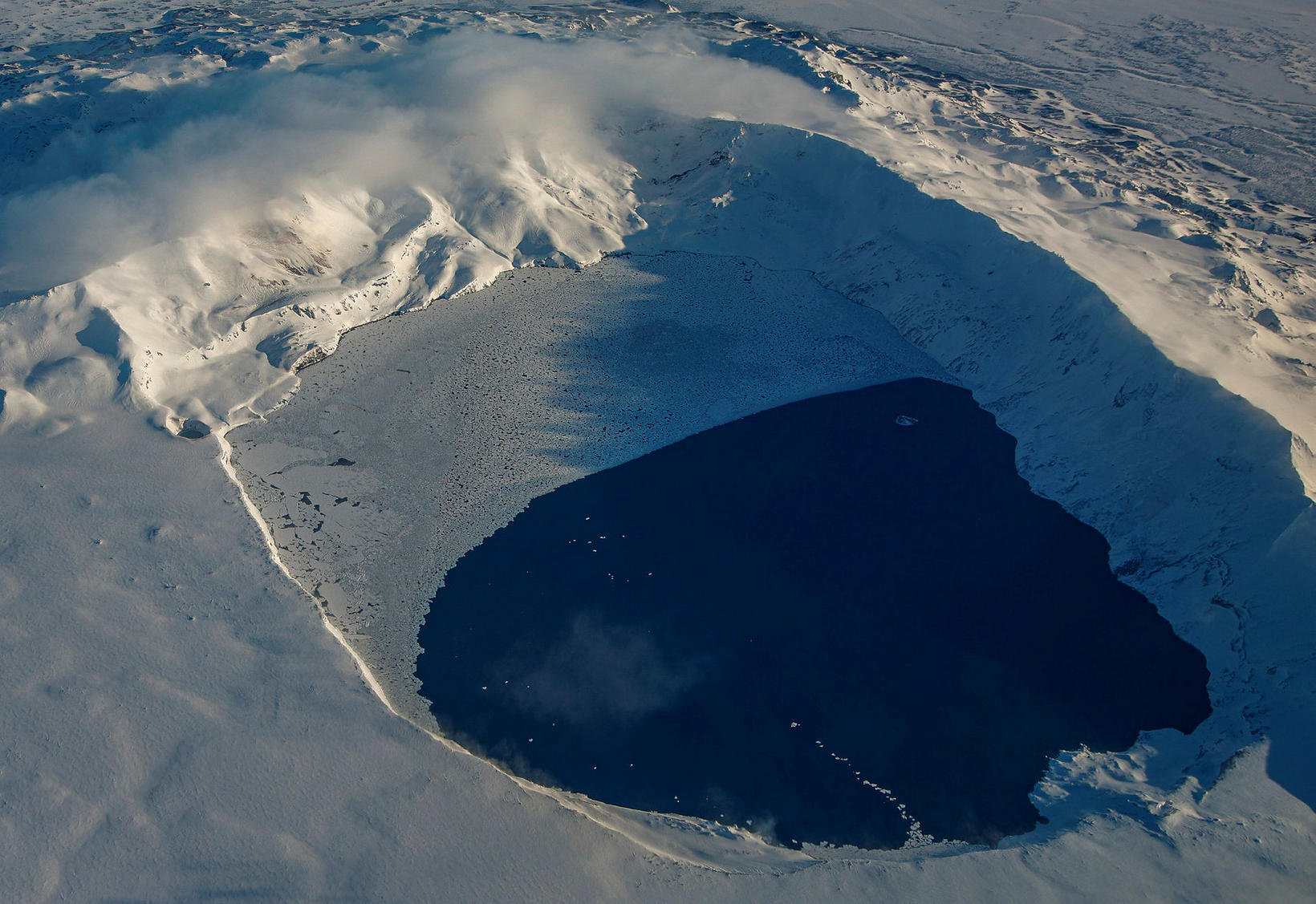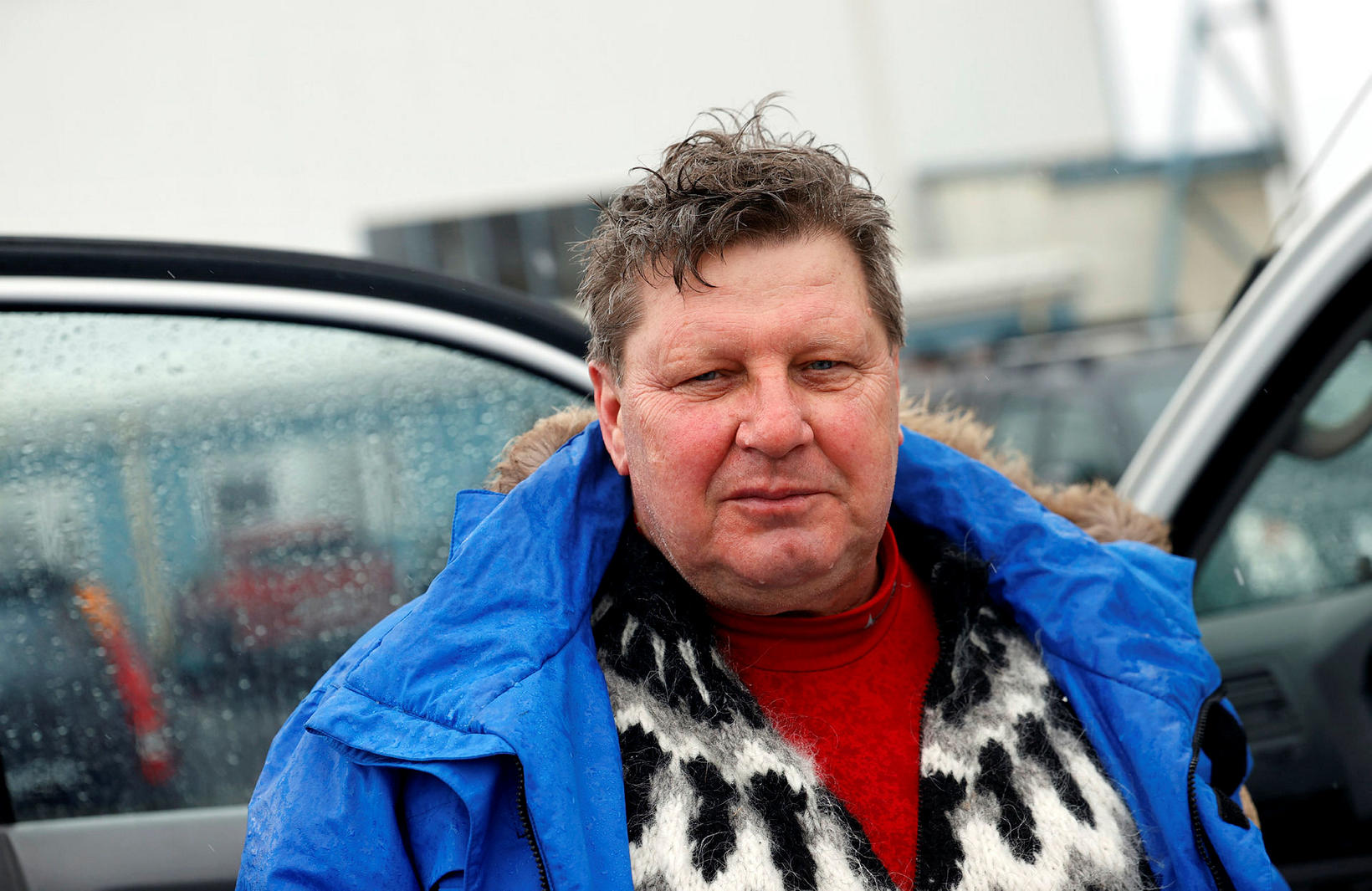"There may be an eruption tomorrow"
Volcanologist Þorvaldur Þórðarson believes it likely that Askja volcano is at an advanced stage in the process of preparing for an eruption. The events that have taken place in the last few weeks, such as increased seismic activity and the increase in surface water temperature, fit the pattern of the volcano being well advanced in that preparation.
“There may be an eruption tomorrow, but it may also take months, even years, to prepare for an eruption. But you have the impression that the volcano has come a considerable distance in this process of preparing for an eruption. The fact that the magma has come that far indicates that it is not too long in the process of being ready to take off and show something on the surface,” Þórðarson tells mbl.is.
The turmoil has opened the cracks
The University of Iceland’s Volcano Research Laboratory and Natural Hazards Authority reported earlier this week that a satellite image from Monday showed that Askja lake is steadily heating up. Much of it is now above two degrees, which is considered to be high for winter conditions.
The analysis revealed that the hottest part was the one nearest to Mývatningahraun lava. It had a temperature of over 28 degrees, and the heating currents reached into the lake.
Þórðarson says that the flow of hot water is clearly increasing in the Askja lake caldera.
“This means that the release of geothermal energy is heating up there and is very likely related to the turmoil that has been there and the ensuing uplift. It has opened the cracks of the caldera, and then hot water flows back to the surface and the heat flow increases. That is what is causing this ice melt and this warming of the water.”
Some event could speed up the process
Clearly, Askja has been preparing for an eruption since 2012, and this increase in water temperature is just one aspect of that preparation. But for the first time, scientists will now have the opportunity to observe the process with modern instruments.
“We are seeing that it takes time to prepare. It is a long process, but everything that has been going on, especially the last year, has caused an uplift of magma inside the caldera at Mývatningahraun lava, in a similar location to the increase in geothermal heat. What is causing this uplift is at a rather shallow depth, it’s about three kilometres or something like that, and it’s very likely magma that is causing the caldera floor to lift up. Which means that magma has entered and is making room for itself.”
Þórðarson also points out that seismic activity in the area picked up a bit in February, which fits in well with the pattern of the volcano preparing for an eruption.
“It takes a little more time, then some event can speed it up and then it may go off quickly. It’s a thing we don’t know much about.”










